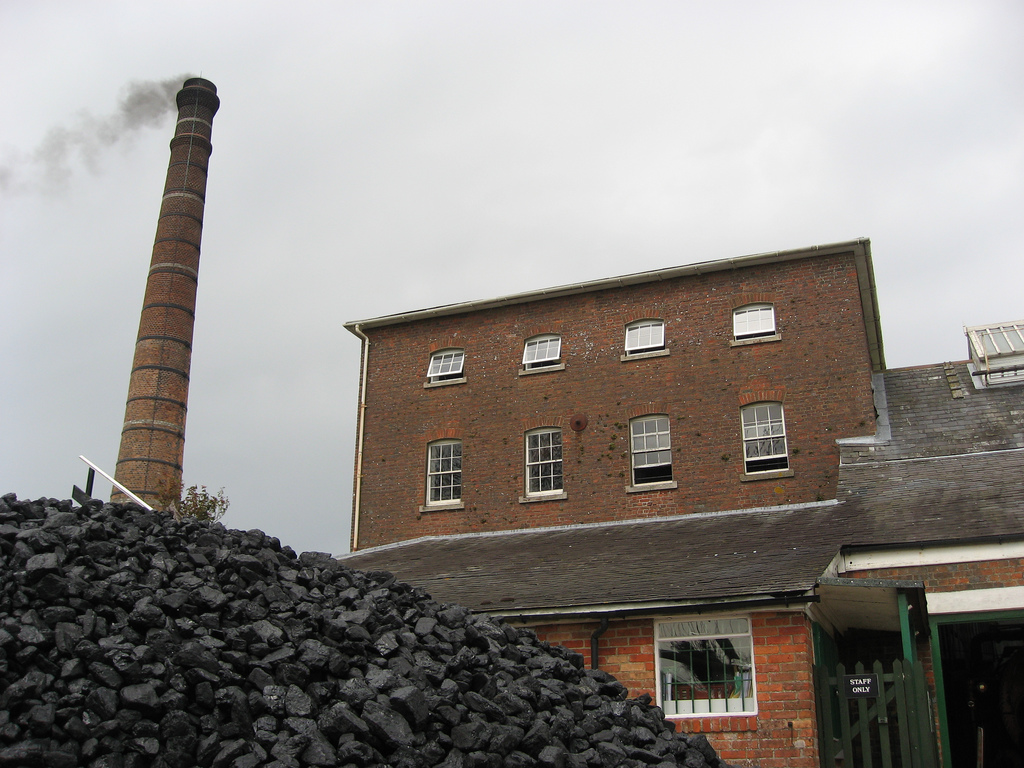Mention ‘steam engine’ to most people and they immediately think of railway engines. Yet long before railways, stationary steam engines helped power the Industrial Revolution – the years between 1760 and 1830 when Britain became the world’s first industrial nation.
Our standard of living, plus the environmental and energy supply issues which threaten us today, grew out of the Industrial Revolution.

One of the oldest surviving engines from that time is now in the Science Museum, ‘Old Bess’ built in 1777 by Boulton & Watt.
Removed from its original site in Boulton’s Soho Manufactory Birmingham, after it stopped work in 1848, the only way we can now show visitors what ‘Old Bess’ looked like when in use is via a model or a computer animation
However there are a still a few preserved stationary engines on their original sites which can be seen working on special occasions.
The most amazing survival is the 1812 Boulton & Watt engine at Crofton Pumping Station in Wiltshire.
Built well before the oldest working standard gauge steam railway locomotive in the UK, Furness Railway No. 20 of 1863, it is the oldest surviving working stationary steam engine still on its original site.
Though replaced by electric pumps in 1958, it is kept in working order by a team of dedicated and enthusiastic volunteers.

The pumping station is open to the public during the summer months, and the engine run on ‘steaming weekends’ when it can be seen still doing the job for which it was built, raising water into the summit level of the Kennet and Avon Canal.
Nowhere else can visitors experience such a complete example of Georgian steam power in action. 2012 marks this wonderful old engine’s bicentenary, and with special events this summer Crofton should be well worth a visit.
